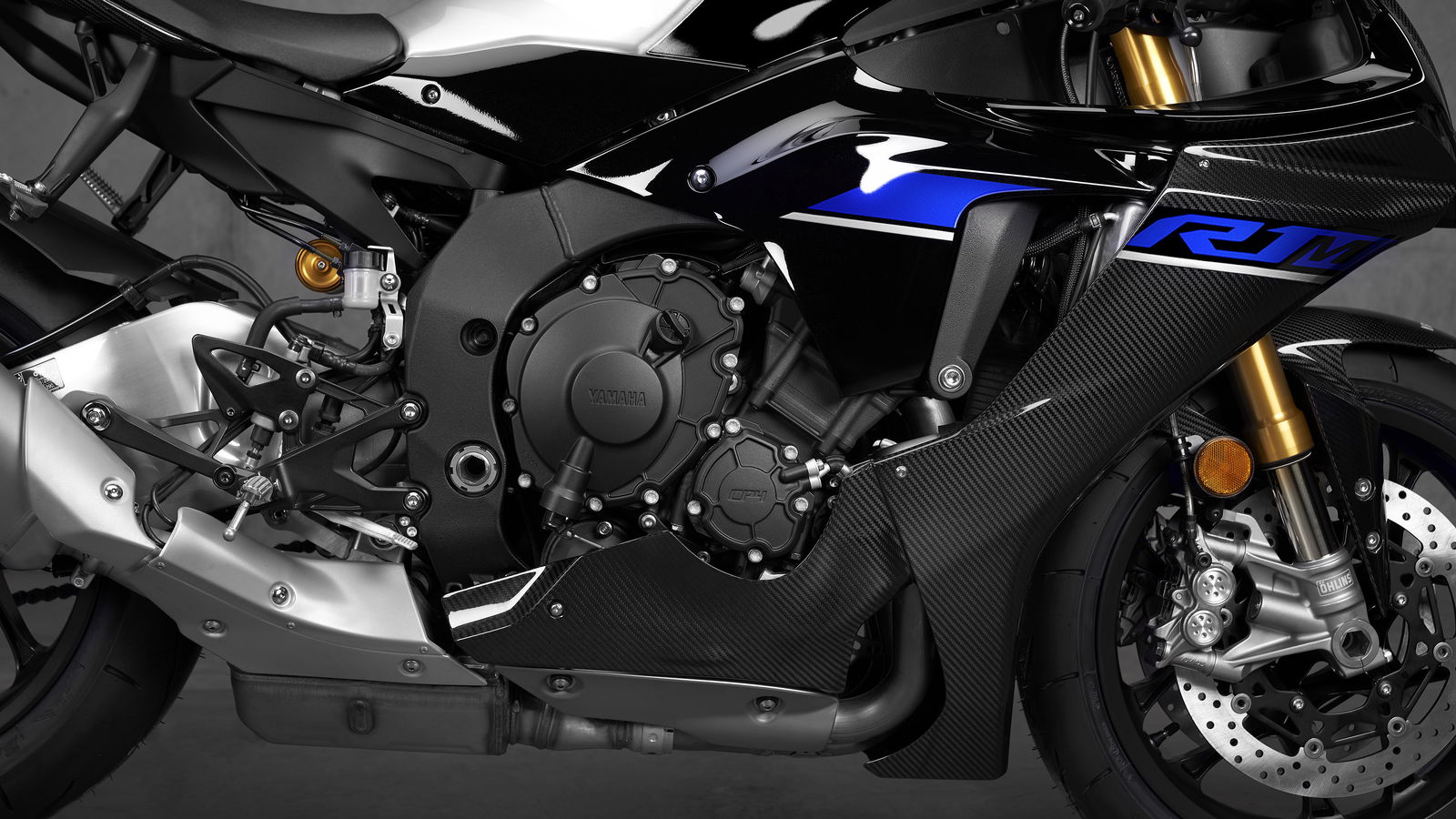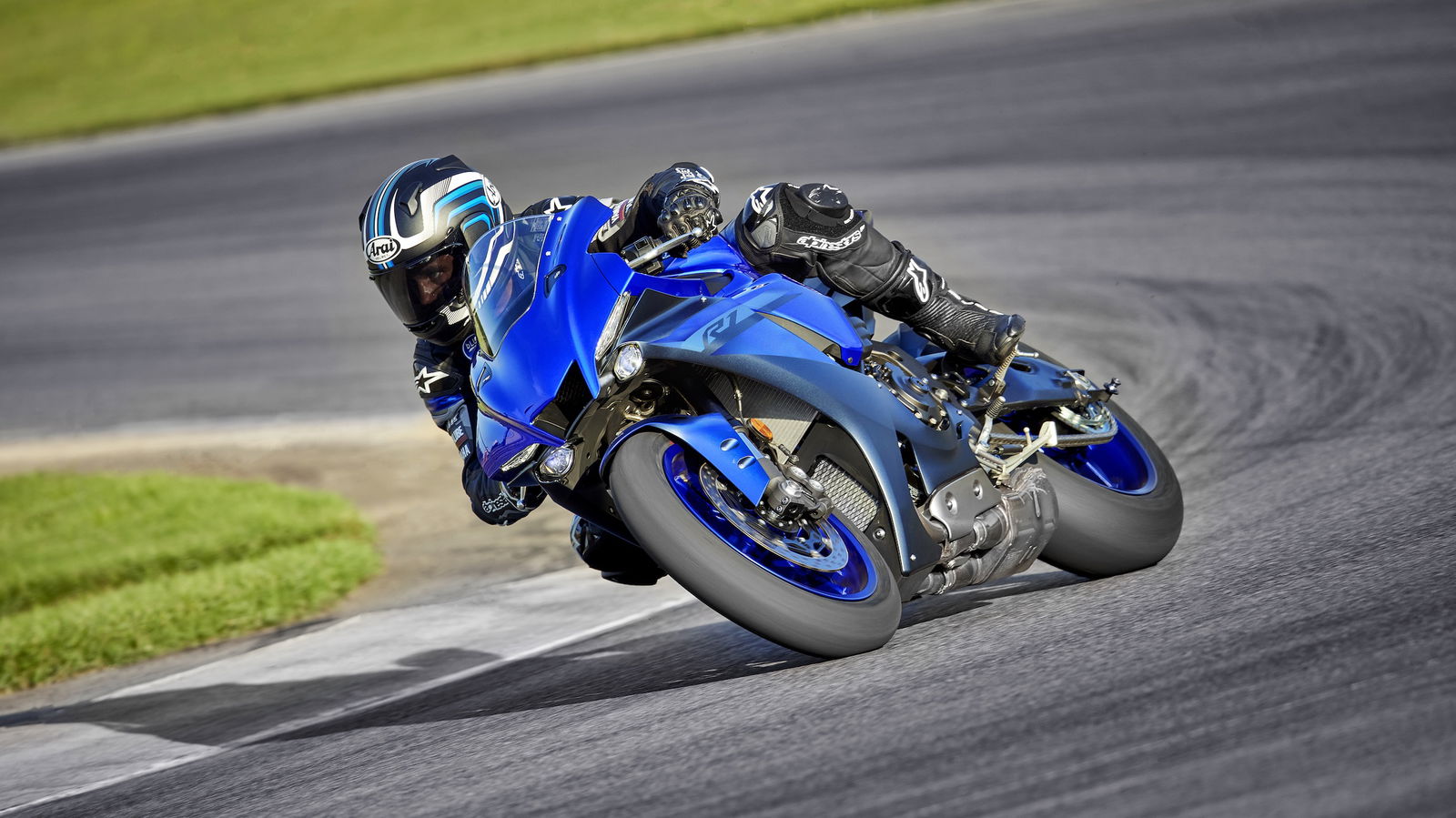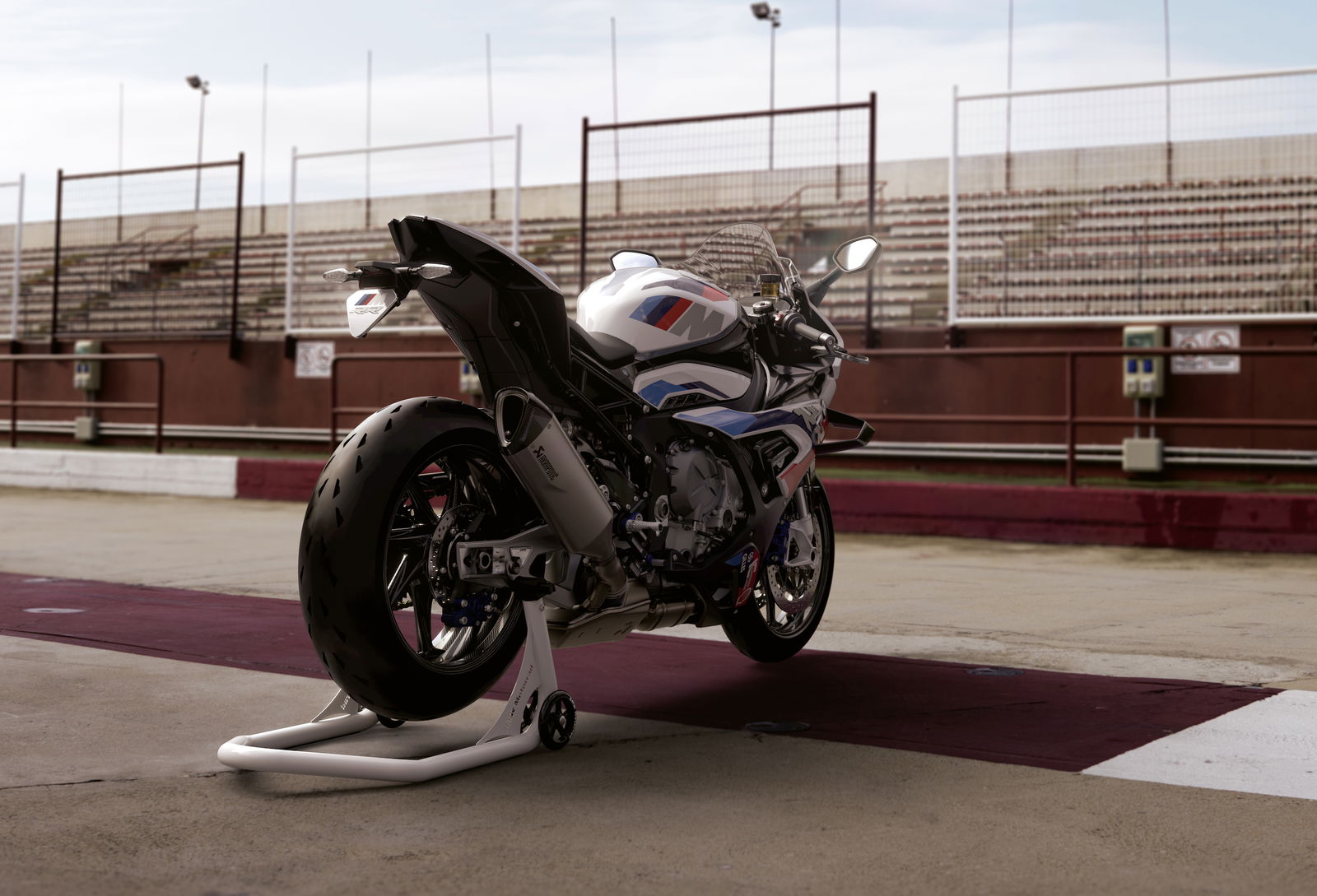What is Euro5+, and Will it Kill Our Favourite Bikes?
Euro5+ emissions regulations have been in the news thanks to the discontinuation of the R1 as a road bike in Europe, but what do the rules actually mean?

Yamaha isn’t selling the YZF-R1 as a road bike in Europe from 2025 – and that’s apparently down to something called Euro 5+. But what does this peculiar mix of letters, numbers and symbols actually mean, and how is it ‘killing off’ one of our best-loved bikes?
Euro 5+, also known as Euro 5b, is the latest in a long line of European emissions standards for motorcycles. It applies to all new models introduced in 2024 and will apply to all new bikes sold from 1 January 2025. The first such standard was introduced in 1999 named, predictably enough, Euro 1, and the most recent was Euro 5 in 2020.
The broad principle hasn’t changed much over the years: a bike’s exhaust emissions are measured using a defined test cycle, with limits for certain pollutants. The big three are carbon monoxide (poisonous); oxides of nitrogen (breathing problems and acid rain); and hydrocarbons (unburned fuel). With each new set of rules, these limits get lower. To give a sense of scale, the Euro 1 limit for hydrocarbons was 3g/km. Under the outgoing Euro 5 standards (which the R1 meets) it’s just 0.1g/km – a thirtieth of what was once allowed.

Given the way things have been going, you might reasonably assume Euro 5+ brings another dramatic drop to these numbers – only they don’t. The measured pollutants are identical to Euro 5. The limits are unchanged. The test cycle is the same. So given the R1 already meets Euro 5, what’s stopping it from passing Euro 5+? To find out, we spoke to two experts at leading automotive engineering consultants Ricardo (www.ricardo.com): Paul Etheridge (director of business development for Ricardo motorcycle) and Walther Leardini (development engineering manager).
The biggest challenge surrounding Euro 5+ is something called catalyst deterioration. Wake up at the back – this is important. In every modern motorcycle’s exhaust system is a catalytic converter which helps remove exhaust pollutants, but over time and miles, all catalysers lose efficiency. Euro 5+ shines a light on catalysers’ long-term effectiveness, and while that might not sound like a particularly thrilling topic, it’s one of the biggest challenges in modern motorcycle design.
“In the early days catalytic converters just had to work from new,” explains Paul. “Now they have durability requirements, as well as catalyst monitoring requirements, so the whole system has to be much more engineered.”

The first big change Euro 5+ introduces is how catalyser durability is tested and homologated. Under Euro 5 you could simply measure exhaust emissions with a fresh catalyser, then apply a deterioration factor (ie multiply the results by 1.3) to take into account how well the cat would perform in the future. It was cheap, easy and quick to do. Now, however, catalysers have to prove their effectiveness over thousands of miles of real-world testing: 35,000km (21,700 miles) for bikes with a top speed of over 130kmh (around 80mph).
“Manufacturers can test durability in several ways,” explains Walther. “They can test on the road, on a dyno roller bench, or on a track. But real-world testing is becoming more important.” And more testing means significantly higher development costs for a manufacturer.
The second change of Euro 5+ is the new requirement for a bike’s ECU brain to constantly keep an eye on the catalyst’s health. This is done using two lambda (oxygen) sensors: one before the catalyser and one after. By comparing the two readings, a cat’s health can be monitored over its entire life. “There will be a specific OBD [on-board diagnostic] strategy that is checking the efficiency of the catalyst,” says Walther. “If the emissions cannot be kept within 20 per cent above the homologation limit for OBD, it will switch on a Malfunction Indicator Lamp on the dash and restrict the bike’s power. The user will be forced to go for a service to check what’s wrong.”

The practical ramification of this is potentially huge. It means manufacturers can’t just design a bike to pass a single pre-defined test cycle on day one, conducted at relatively steady road speeds. Catalysers really will have to be built to last the life of the bike, in real-world conditions, no matter how hard they’re used, or else they’re going to let their owners down.
The challenge is doubly tough when it comes to high-power, high-technology bikes like the R1. “On sporty bikes with very powerful engines, their full-load conditions are so far from regular driving conditions,” explains Walther. “You have to ensure the life of your catalyst even if you are delivering, say, 10 times the power you might be during ‘standard’ usage.” In short: manufacturers have to make sure the catalyst doesn’t melt even if you’re giving it full beans on a track day.
And the more gadgets your bike has, the tougher that gets. “Strategies such as traction control or quickshifters can affect catalyser temperature too,” continues Walther. “If you alter spark timing you need to be very careful – you cannot retard ignition for too long because it will end up heating the catalyst.”
“It’s just another level of work to calibrate all these systems,” explains Paul. “It becomes a much more complex process. You can do it – it’s just how much time and effort is involved. There has to be a business case to undertake additional model development, and there’s a whole raft of reasons that would lead manufacturers to make decisions around their products. Honda has produced the new Fireblade [above] to meet the new legislation, but others may decide it’s not commercially viable at this stage.”
This is the real challenge of Euro 5+. The R1 hasn’t been ‘killed’ by a new raft of unreasonably low emissions limits. The R1 hasn’t actually been killed at all – Yamaha will continue to sell it elsewhere in the world where Euro 5+ doesn’t apply. But in Europe, where superbike sales are a fraction of what they once were, the development costs have become too great for some less-popular bikes. Euro 5+ isn’t killing off superbikes as a whole – just the ones whose business cases were already a bit borderline.


